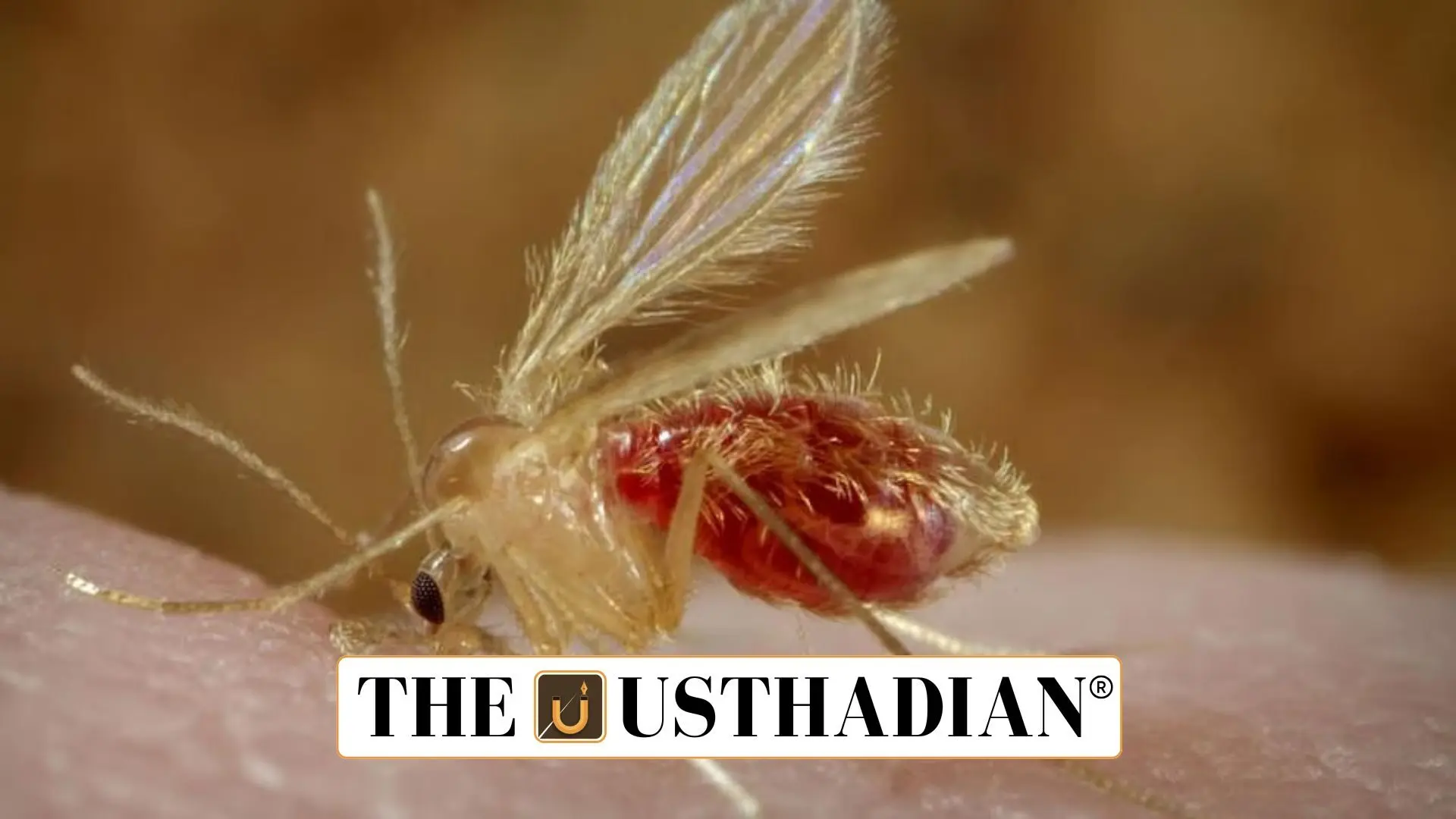Historic MoU to Fight Kala-Azar
East African Nations Unite to Eradicate Kala-Azar: Landmark Agreement Signed at the 78th WHA: Six A coalition of six East African countries—Chad, Djibouti, Ethiopia, Somalia, South Sudan, and Sudan—has entered into a landmark Memorandum of Understanding (MoU) to eradicate visceral leishmaniasis, widely known as kala-azar, a highly fatal neglected tropical disease (NTD). This pivotal agreement was sealed at the 78th World Health Assembly (WHA) in Geneva, jointly convened by the World Health Organization (WHO) and the African Union (AU).This collaborative initiative targets a disease that predominantly affects impoverished communities in the region.
Understanding Kala-Azar and Its Impact
Kala-azar is a parasitic disease that manifests through symptoms such as prolonged fever, weight loss, and organ enlargement, particularly of the liver and spleen. It is almost always fatal if left untreated. Over 70% of global kala-azar cases occur in East Africa, with children under 15 accounting for half of the total burden. Beyond the health crisis, the disease severely disrupts livelihoods in already vulnerable populations, making its eradication a humanitarian and economic priority.
Regional Cooperation and Innovation
The MoU promotes cross-border cooperation, joint investment in health systems, and a push for innovative medical solutions. Luis Pizarro from the Drugs for Neglected Diseases initiative (DNDi) emphasized the urgent requirement for new oral treatments. The signatory nations aim to implement a disease elimination framework adopted in June 2024, ensuring cohesive action and shared responsibility across borders.
Wider African Efforts Against NTDs
Countries beyond the initial six—such as Cameroon, Nigeria, Niger, Senegal, and Tanzania—are also intensifying efforts to tackle other NTDs. Tools like the Integrated Disease Surveillance and Response (IDSR) system are being employed to strengthen data sharing and monitor regional outbreaks. As of May 2025, 56 countries have successfully eliminated at least one NTD, with Togo and Benin setting notable precedents in the African region.
Call for Global Unity in Health
The WHA issued a Call for Action, emphasizing the need for regional strategies, knowledge exchange, and coordinated health policies. Since NTDs are not restricted by national boundaries, the focus is not only on elimination but also on building resilient health systems that can prevent future outbreaks and ensure the well-being of at-risk communities.
Static GK Snapshot
East African Nations Unite to Eradicate Kala-Azar: Landmark Agreement Signed at the 78th WHA:
| Topic | Detail |
| Disease Targeted | Visceral Leishmaniasis (Kala-Azar) |
| Main Signatory Countries | Chad, Djibouti, Ethiopia, Somalia, South Sudan, Sudan |
| Event | 78th World Health Assembly (Geneva, 2025) |
| Organised By | WHO and African Union |
| Supporting Framework | Integrated Disease Surveillance and Response (IDSR) |
| Additional Participants | Cameroon, Nigeria, Niger, Senegal, Tanzania |
| Successful NTD Elimination | 56 countries (as of May 2025) including Togo and Benin |








